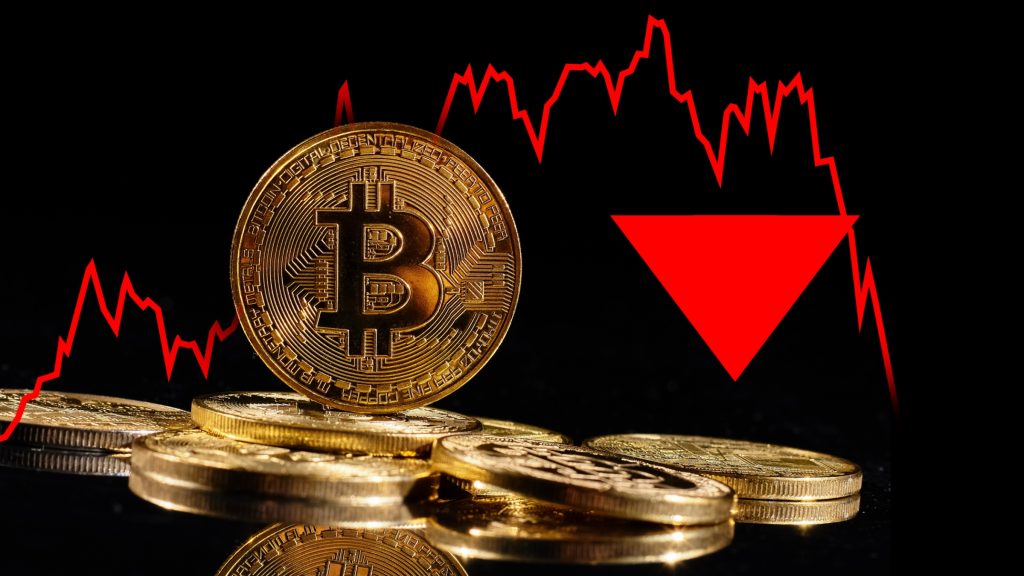
The latest Bitcoin market crash threatens a $2.31 trillion cryptocurrency shock to global finance, threatening retirement funds, younger investors’ trust, and systemic economic instability beyond crypto’s volatile norms.
Analysts fear Exchange-Traded Funds (ETF) and derivatives could amplify losses – unlike past crashes – after a 2.12% weekend drop to $112,692 triggered whale selloffs and thin liquidity.
First Information founder, Vince Stanzione, warned of the global crash effect on Bitcoin, as “the next crash will likely feel a lot worse, as the market is much bigger now, and we have many bitcoin derivatives such as exchange-traded funds and futures.”
Analysts say Bitcoin’s deep integration into traditional finance means its fall would be unlike earlier cryptocurrency market collapse.
Bigger Crisis Than 2008
A crypto market collapse could also erode trust among younger generations. For many millennials and Gen Z investors, Bitcoin was their first step into finance.
“One of the ripple effects of a bitcoin crash would be a loss in confidence in the financial markets by this younger demographic. When one loses confidence in a particular institution, one often disengages from that activity,” warned Economic Index Associates founder, Robert Johnson.
That disengagement of the bitcoin value drop could have lasting consequences for retirement savings, as younger investors tend to hold a larger share of wealth in crypto compared to baby boomers and Gen X.
“A second ripple effect would be a decrease in retirement assets for the Gen Y and Gen Z generations,” Johnson added.
Stanzione also predicted a surge in Bitcoin during recession regulation if investors are wiped out.
Why Is Bitcoin’s Price Dropping?
The latest bitcoin market crash downturn illustrates how volatile the market remains. Over the weekend, Bitcoin dipped 2.12% to $112,692 after briefly climbing above $117,000.
The rally was fueled by Federal Reserve Chair Jerome Powell hinting at a possible rate cut in September, but analysts say thin liquidity made the surge short-lived.
“Bitcoin’s [spike] after Powell’s speech was driven by thin liquidity, not lasting conviction,” said CIO of Kronos Research, Vincent Liu.
“Once leverage unwound and no fresh catalysts emerged, momentum quickly faded, leaving BTC back below key levels,” Kronos added.
Large-scale selling also contributed to Bitcoin losing value.
Social media posts suggested a whale offloaded more than 24,000 BTC, sparking what observers called a “flash crash.”
CEO of WhaleWire, Jacob King explained, “Once the whale started selling, it triggered a panic cascade, with other traders selling too, amplifying the crash,” adding that much of the capital appeared to flow into Ethereum, with $2 billion bought and $1.3 billion staked.
Still, Kronos’ Liu cautioned against blaming one actor, “It’s more likely the work of multiple whales or an exchange with significant holdings, rather than a single entity.”
Large-scale transactions like this often involve institutional players or coordinated actions.
As the Bitcoin market crash continues to sway global markets, its future remains uncertain—whether as a pillar of financial innovation or a potential source of systemic risk.
Inside Telecom provides you with an extensive list of content covering all aspects of the Tech industry. Keep an eye on our Cryptocurrency section to stay informed and updated with our daily articles.